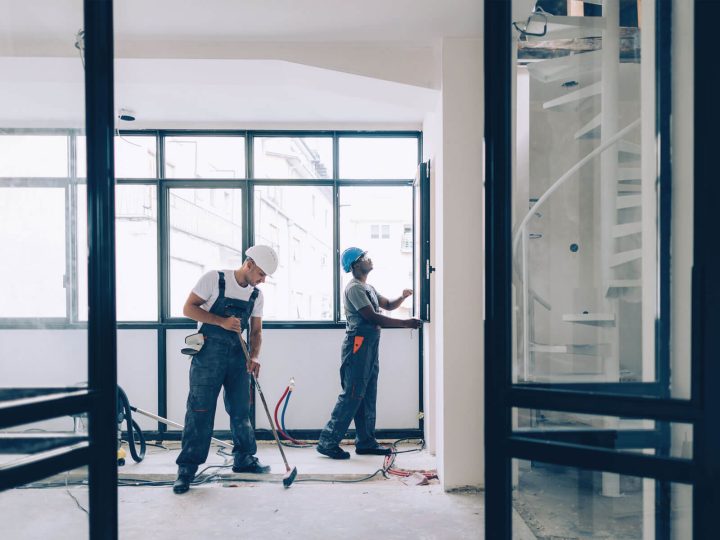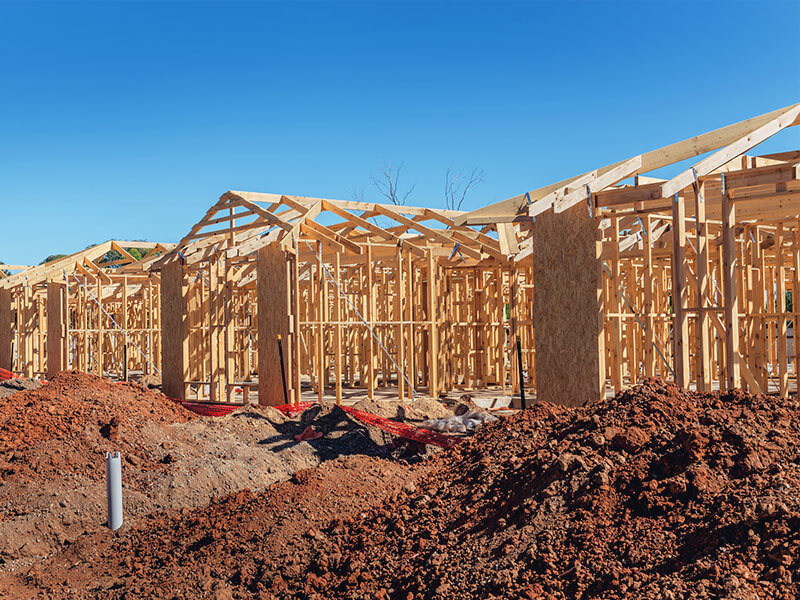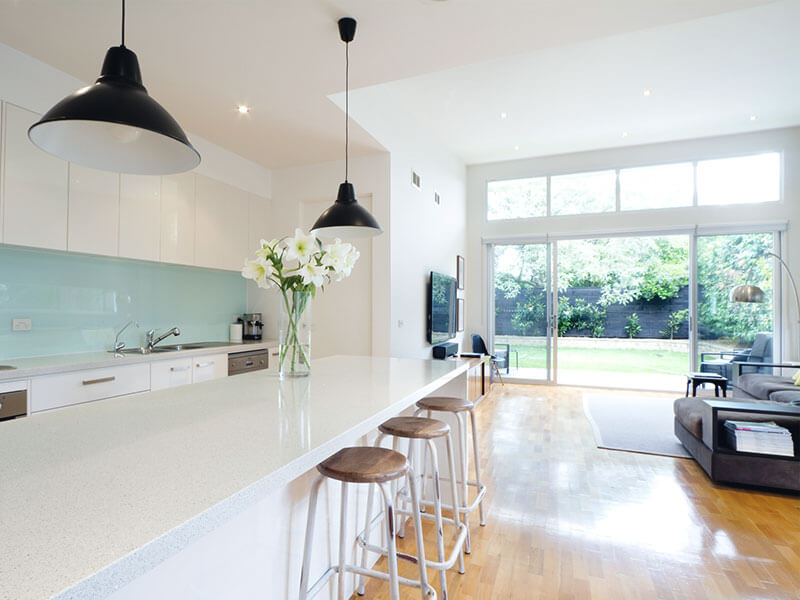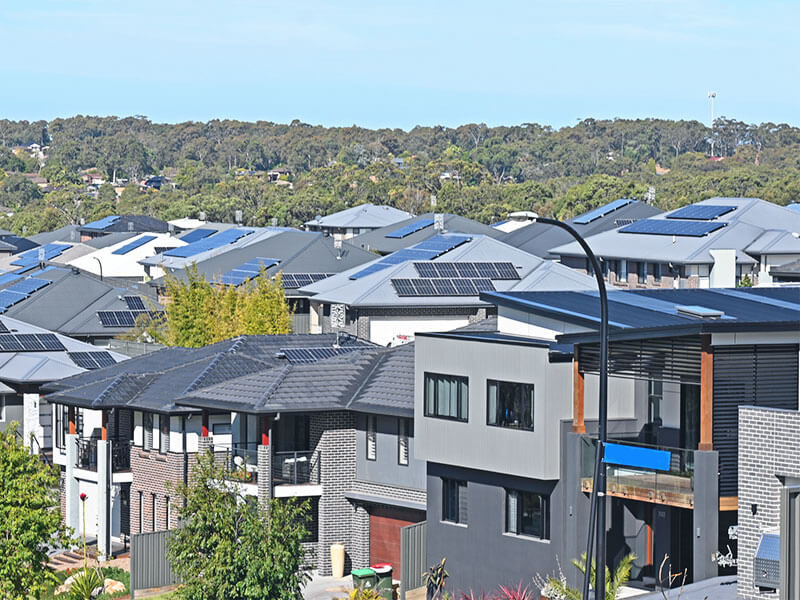October 6th, 2022
5 questions first-time Property Investors should ask
First time investors
First time investors

Australia’s housing market is in a state of flux. Urban sprawl has become the norm due to a rapidly growing population and a chronic housing shortage. According to the Australian Bureau of Statistics, Australia’s population increased by 659,800 people in the year to September 2023, reaching 26.8 million residents. This represents a 2.5% increase. Consequently, new home construction has surged, presenting a golden opportunity for property investors to help improve our housing crisis whilst building assets for their future..
The Australian government has introduced various incentives and grants to stimulate the housing market and support homeownership. While primarily targeted at first-time home buyers, some of these programs can also benefit property investors.
For instance, the First Home Owner Grant (FHOG) offers a substantial cash bonus to eligible purchasers of newly built homes. However, to qualify for the FHOG as an investor, you typically need to live in the property for a specific period. While requirements vary between states and territories, it’s generally between six and twelve months. For example, in Queensland, you must live in the property for at least six months within the first year of ownership. It’s essential to research the specific eligibility criteria and conditions for each grant to determine if you qualify.
Now, let’s delve into the details of the entire process, from finding the perfect location to maximising your returns and managing your investment.
The old adage rings true in property investment. A well-chosen location is the cornerstone of a successful investment. Consider factors such as proximity to amenities, transport links and future development plans. Research local demographics, rental yields and capital growth potential to identify areas with solid investment prospects.
Navigating the complex web of regulations can be daunting. Before purchasing land, thoroughly investigate council zoning restrictions, building permits and development approvals. Understanding stamp duty obligations and other legal requirements is essential to avoid unexpected costs and delays. In addition to these some incidental costs could include conveyancing or solicitor’s fees, or any additional finishes that may not be included in a build like landscaping, fencing or window coverings.
Building a property that stands the test of time requires careful consideration of materials and design. Sustainable features not only contribute to environmental responsibility but also enhance property value. Incorporate energy-efficient elements, durable finishes and flexible floor plans to appeal to more tenants.

Setting realistic timelines and budgets is crucial for successful project management. Create a detailed project plan outlining key milestones and allocating funds for construction, materials, labour, and unexpected costs. Regular monitoring and adjustments will help keep your project on track.
Choosing the right team is essential for the project’s success. Research reputable builders and tradespeople, compare quotes and read reviews. Key factors to consider are clear communication, experience and a strong track record.
To attract quality tenants, design your property with their needs in mind. Neutral colour palettes, durable flooring and ample storage are popular choices. Upgrade your property with modern appliances and fixtures to boost its appeal. For more tips on maximising your property’s value, read our blog: five ways to add value to your investment property.

First impressions matter. A well-maintained garden can significantly enhance a property’s curb appeal. Consider low-maintenance options that suit the local climate and complement the overall design.
Before handing over the keys, conduct a thorough final inspection to ensure all building work is completed to a high standard. Check for any defects or issues that need to be addressed before issuing the occupancy permit.
Protecting your investment is crucial. Review your insurance coverage to ensure it adequately protects the property and its contents. Consider additional coverage options such as landlord insurance.

Managing a rental property can be time-consuming. Consider hiring a professional Property Manager to handle tenant screening, rent collection, maintenance and legal compliance. In fact, you can even consult with them during the initial planning stages. As investment management experts in their local area, they have a wealth of knowledge on the area’s demographics and potential rental returns.
By following these guidelines and conducting thorough research, you can increase your chances of building a profitable investment property. Remember, seeking advice from professionals such as builders, architects and financial advisors can provide invaluable insights throughout the process.
Disclaimer: This guide is intended to provide general information and should not be considered professional financial or legal advice. It is essential to consult with qualified professionals to assess your specific circumstances and make informed decisions.